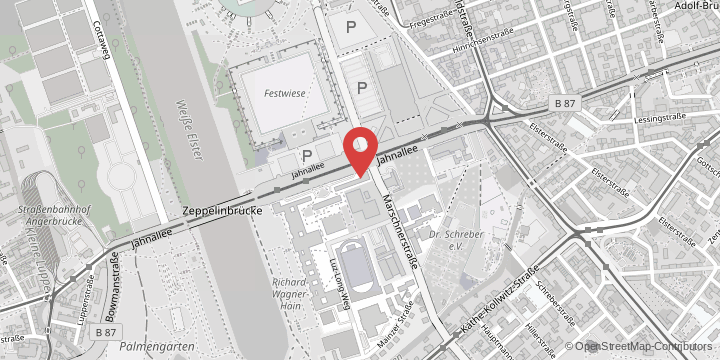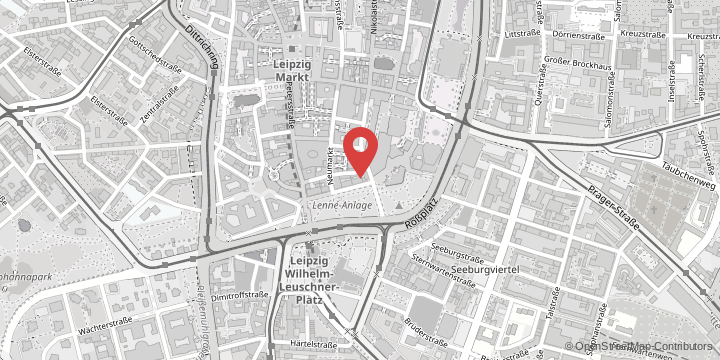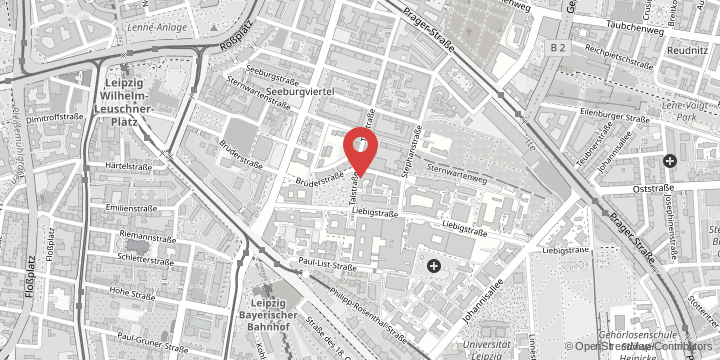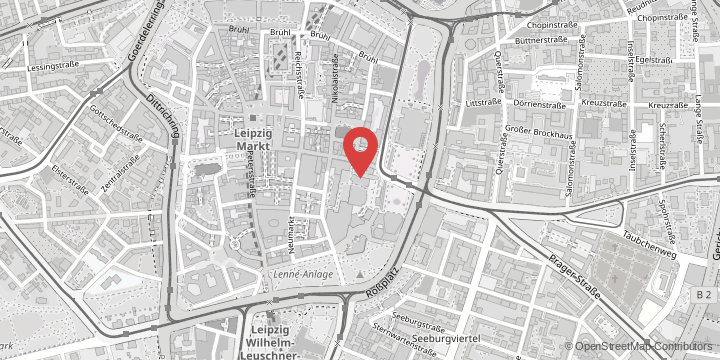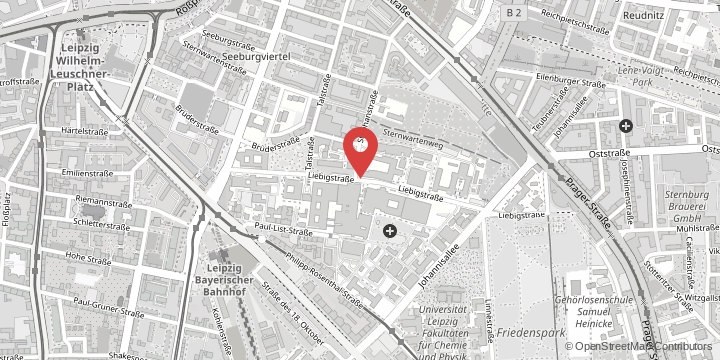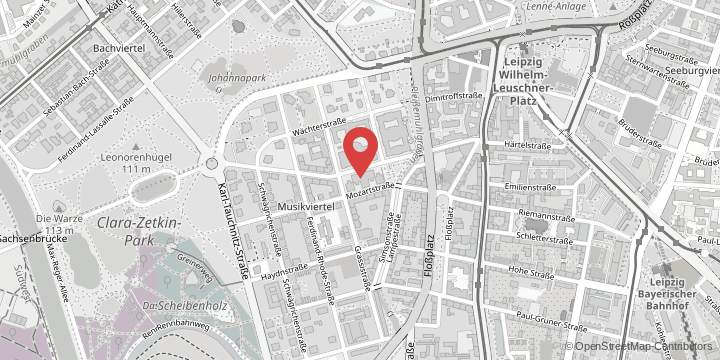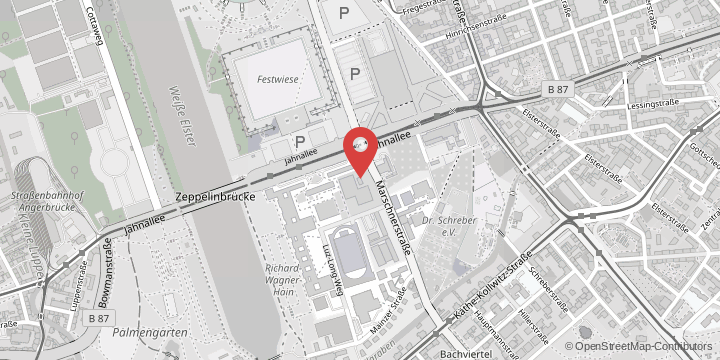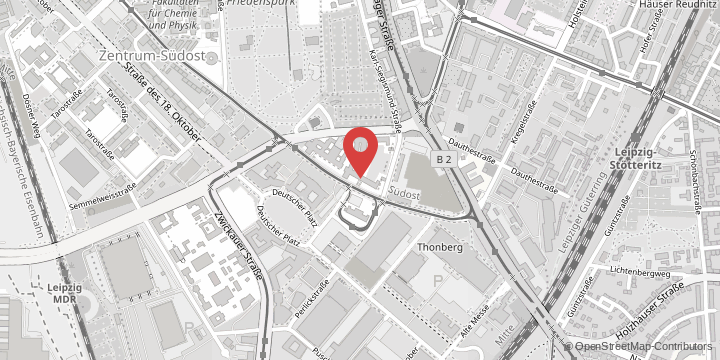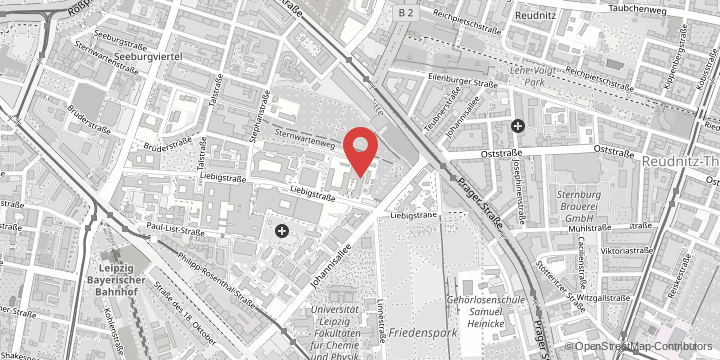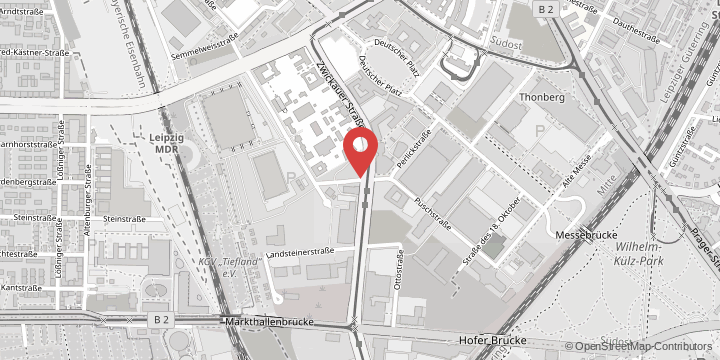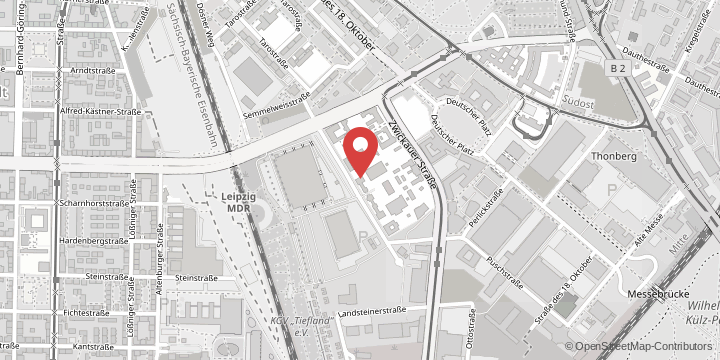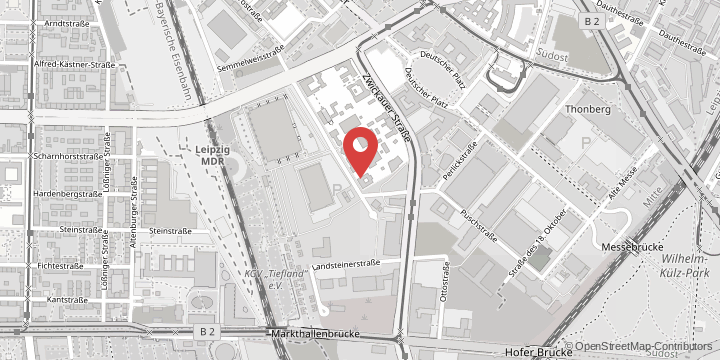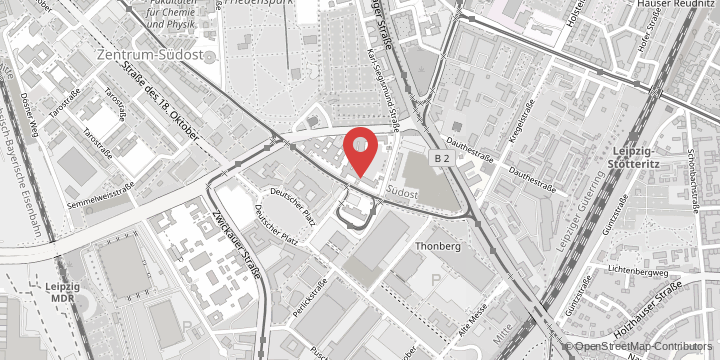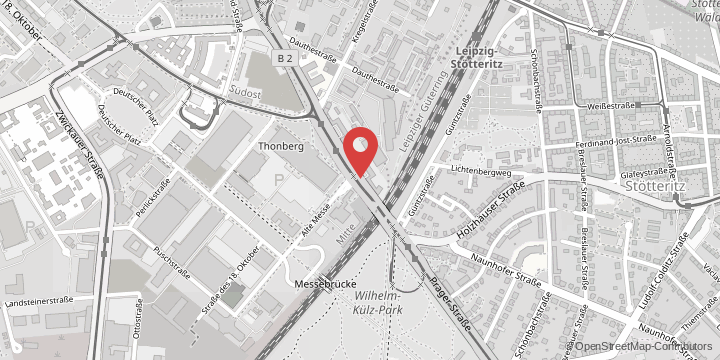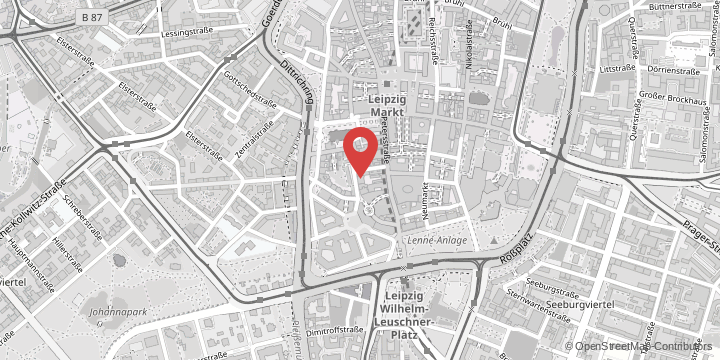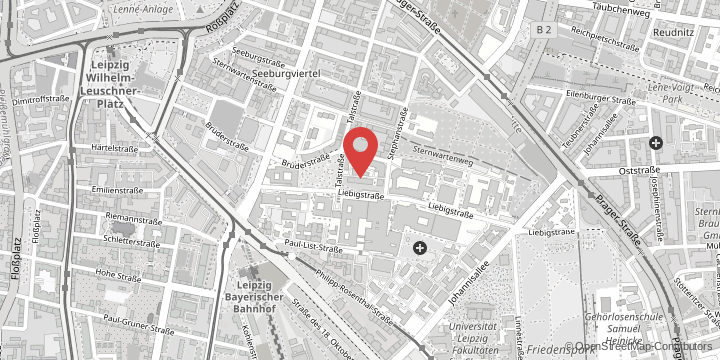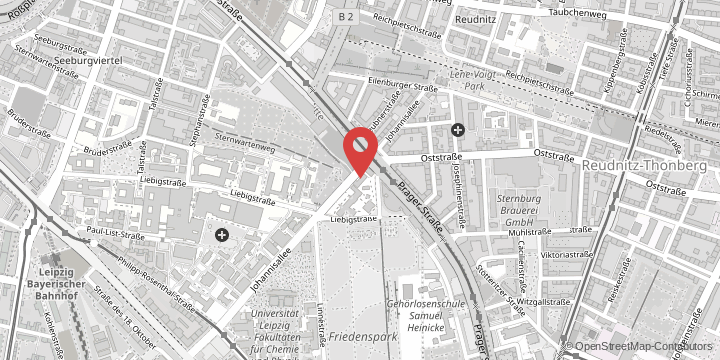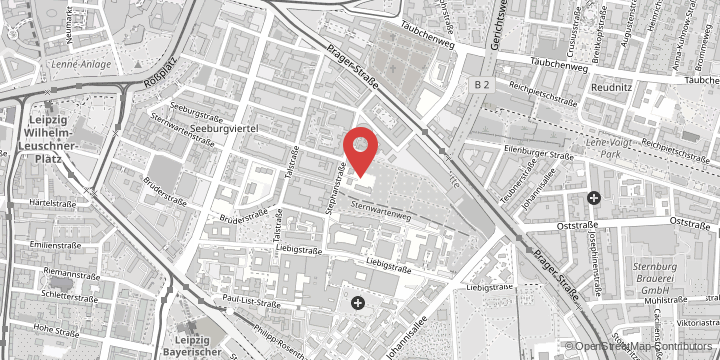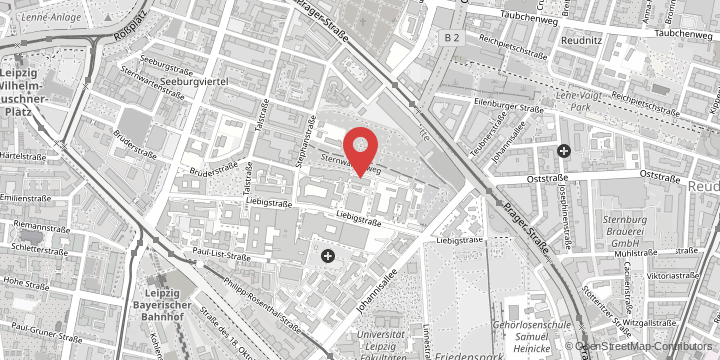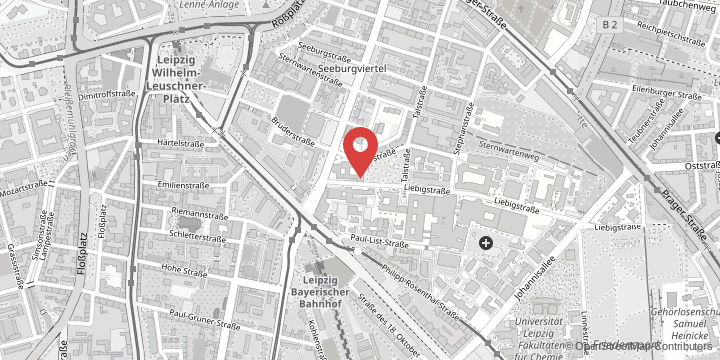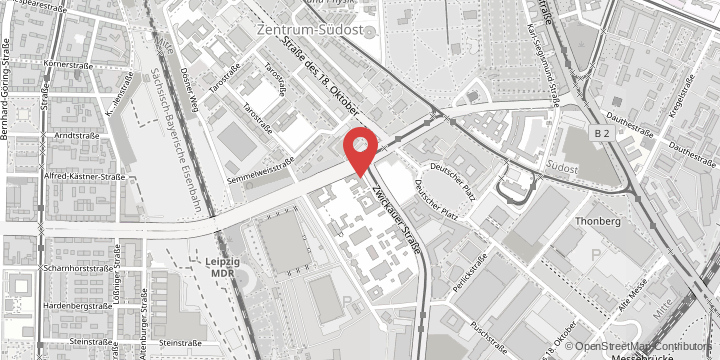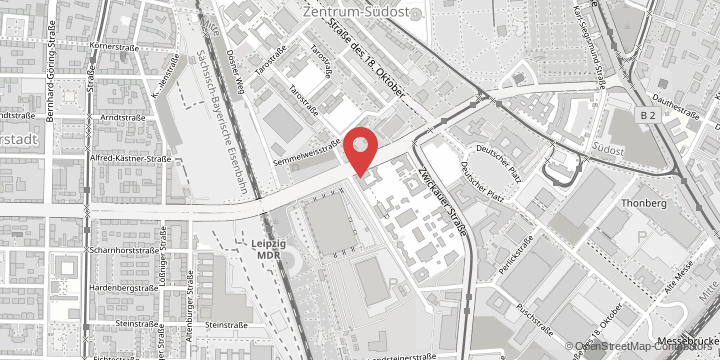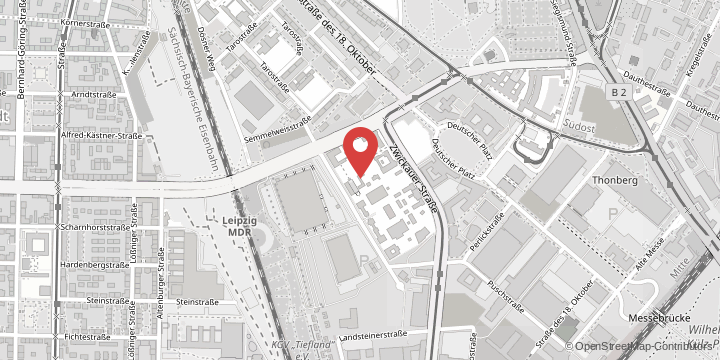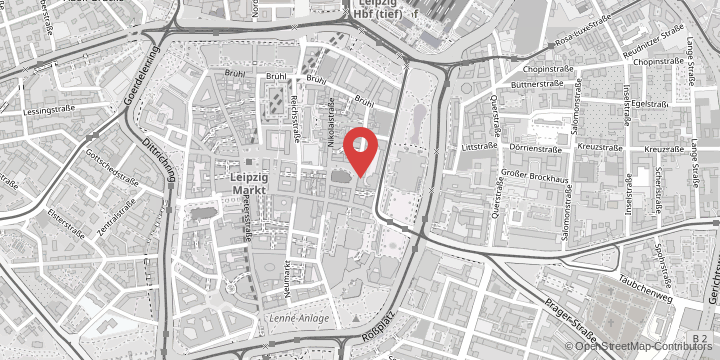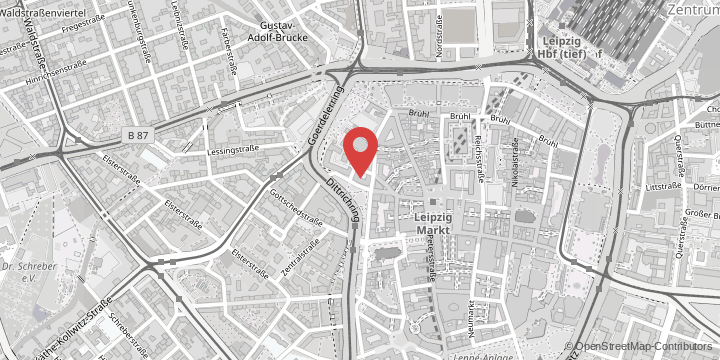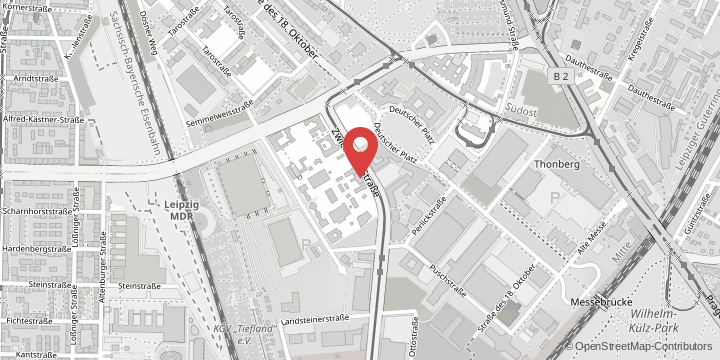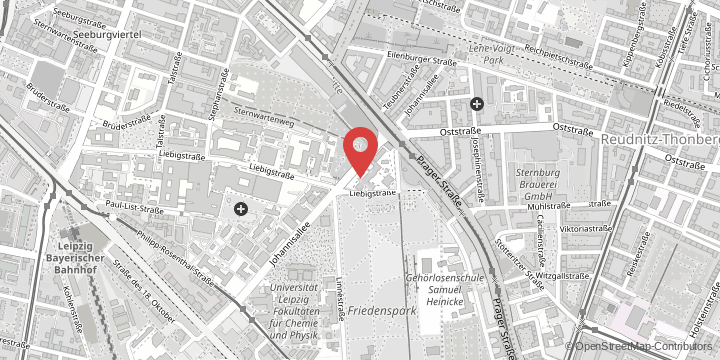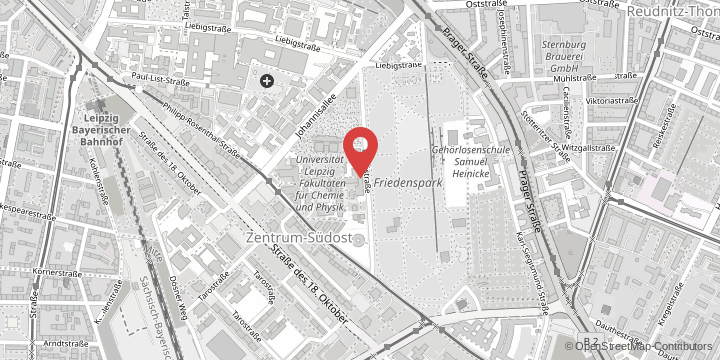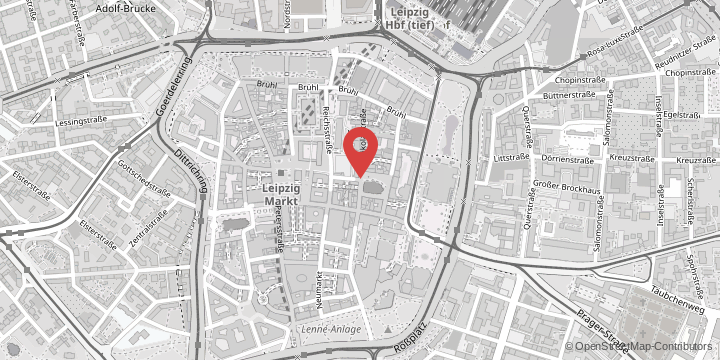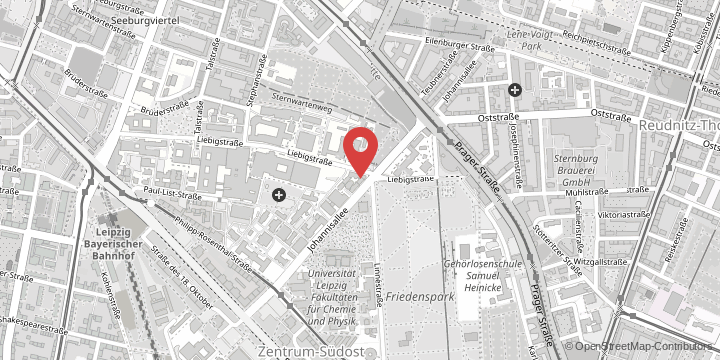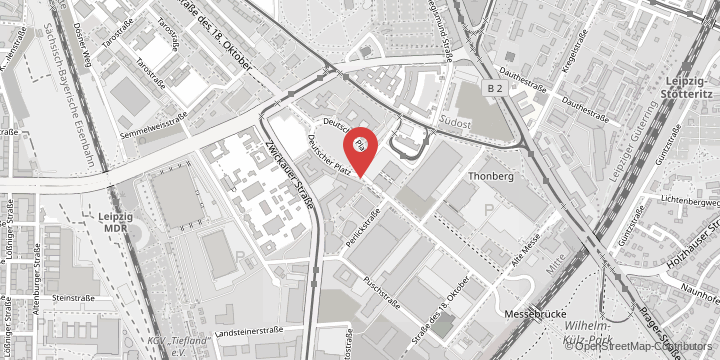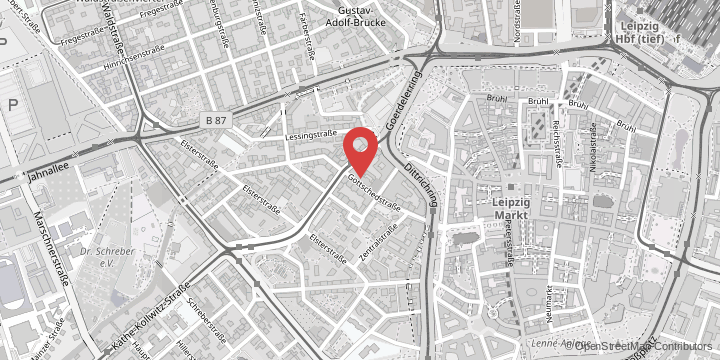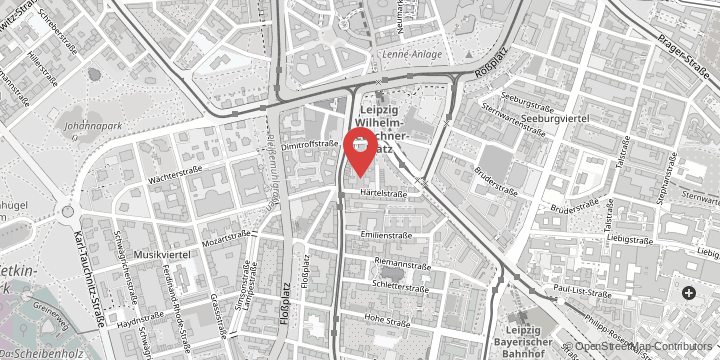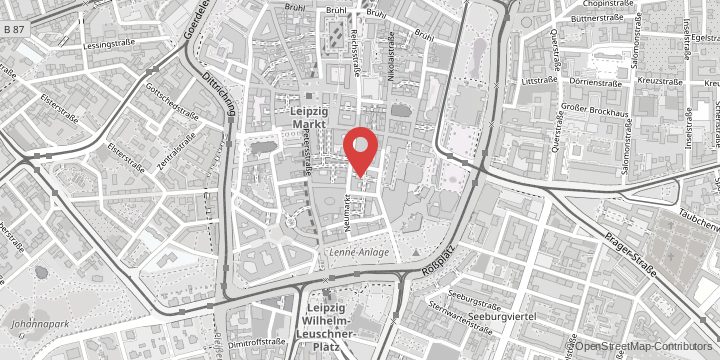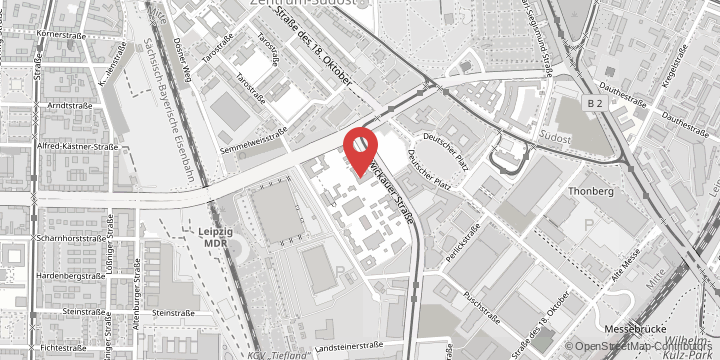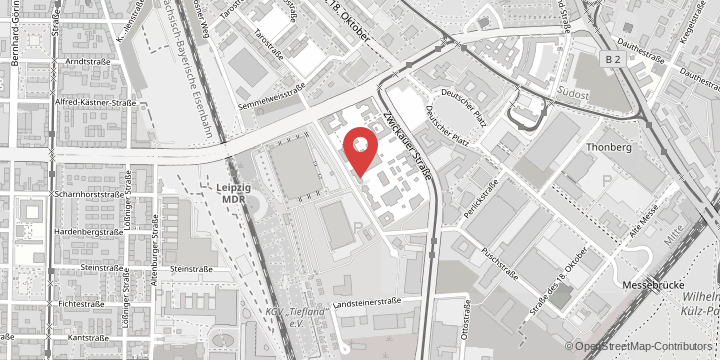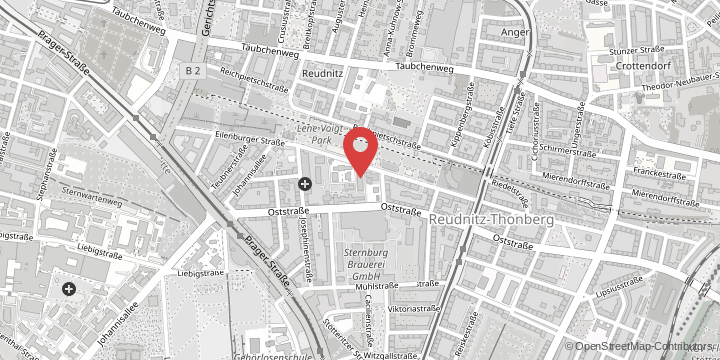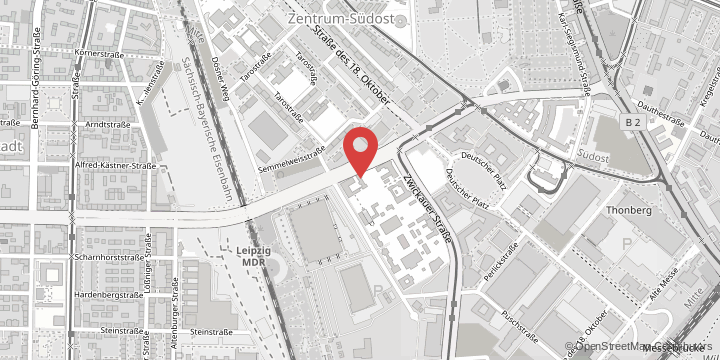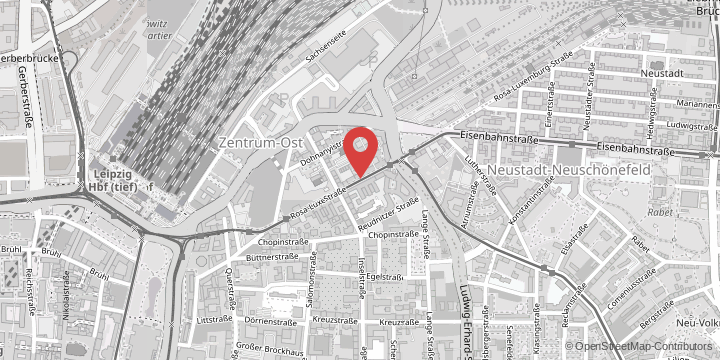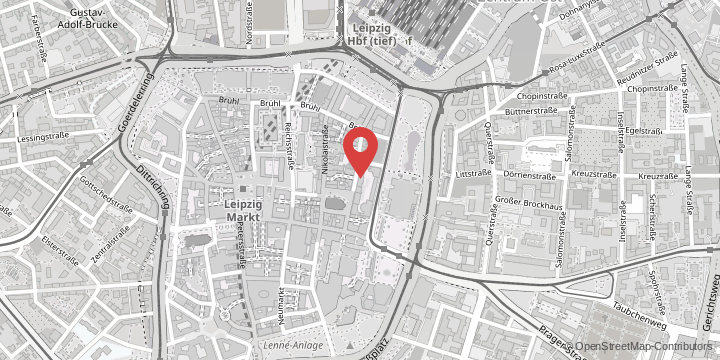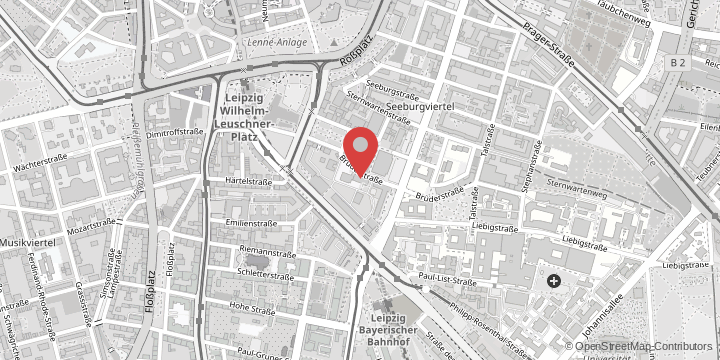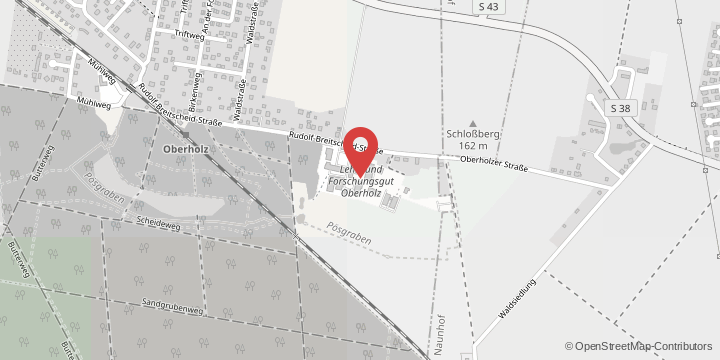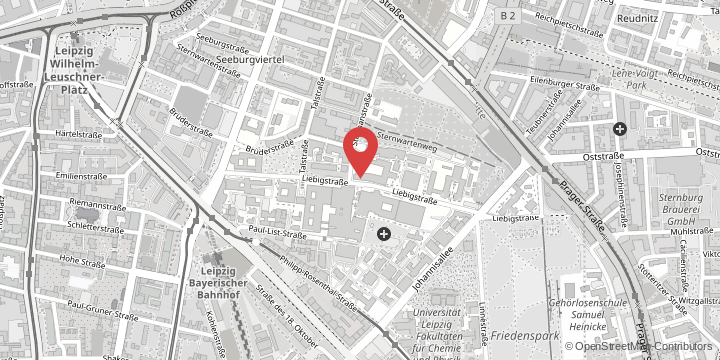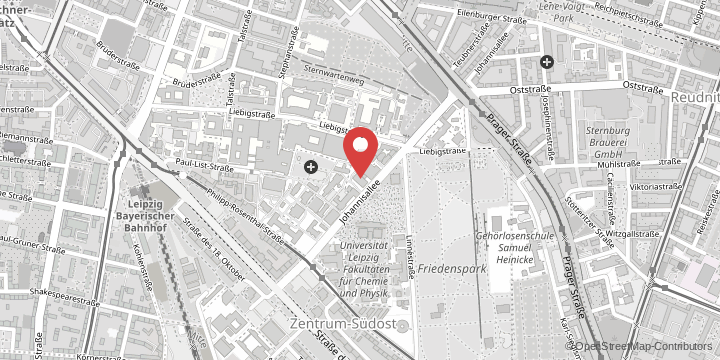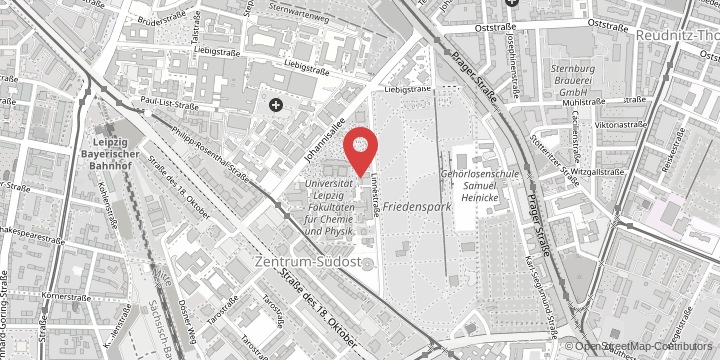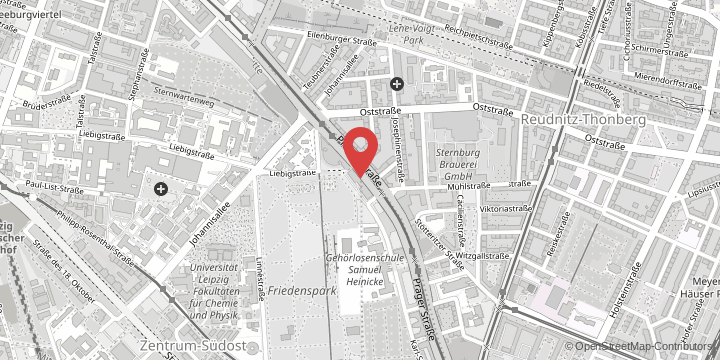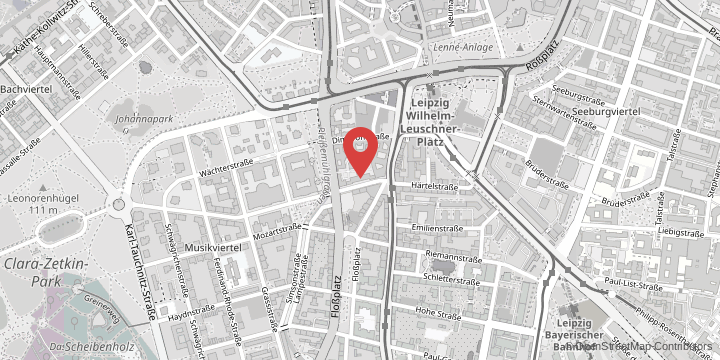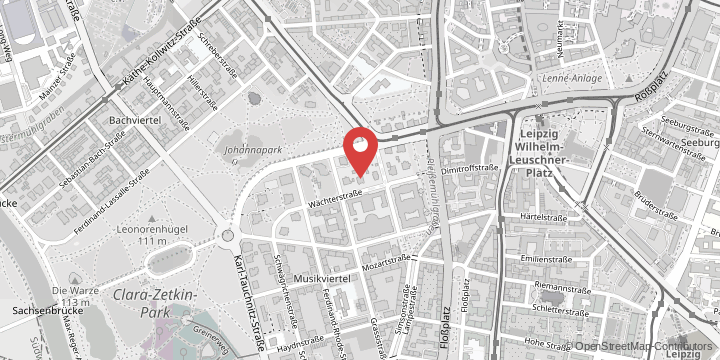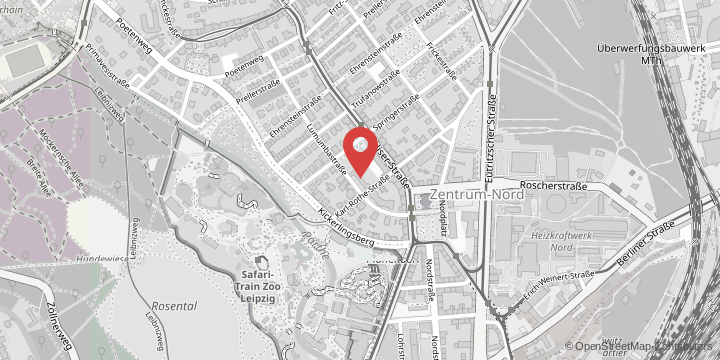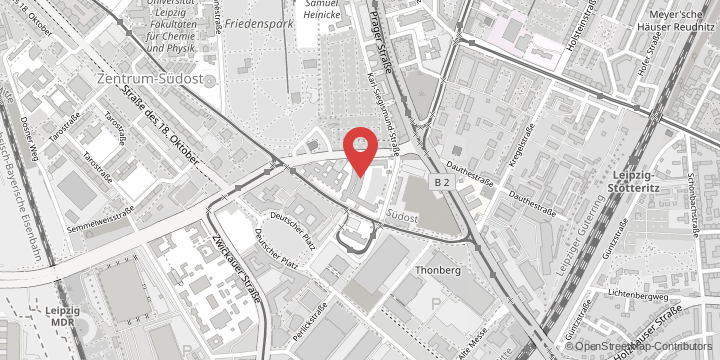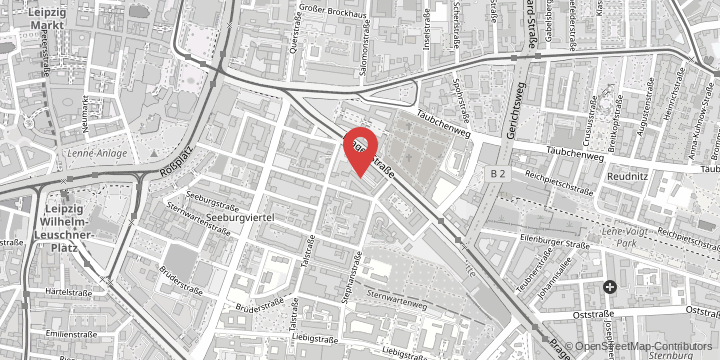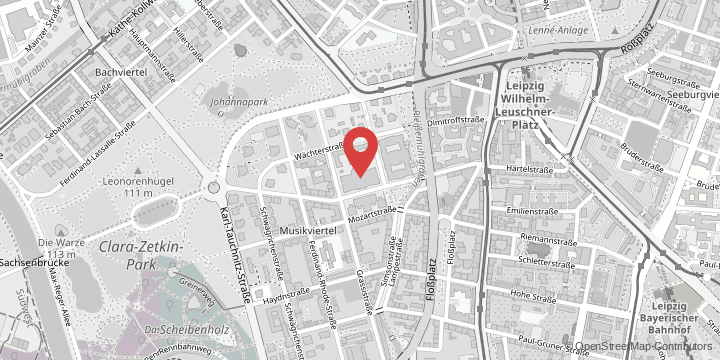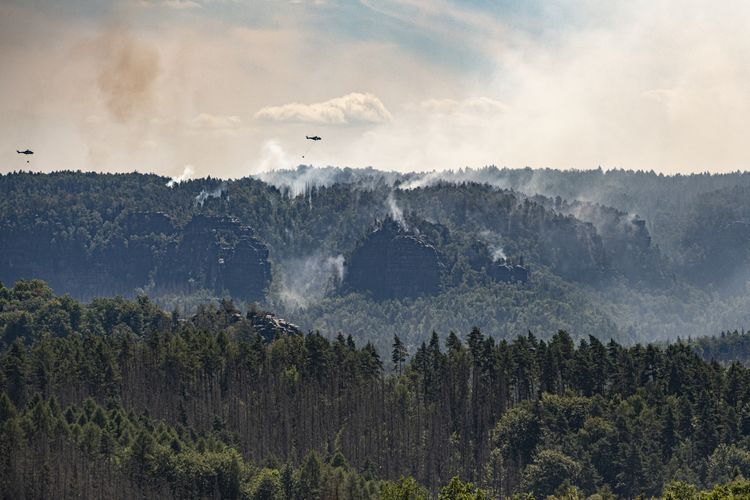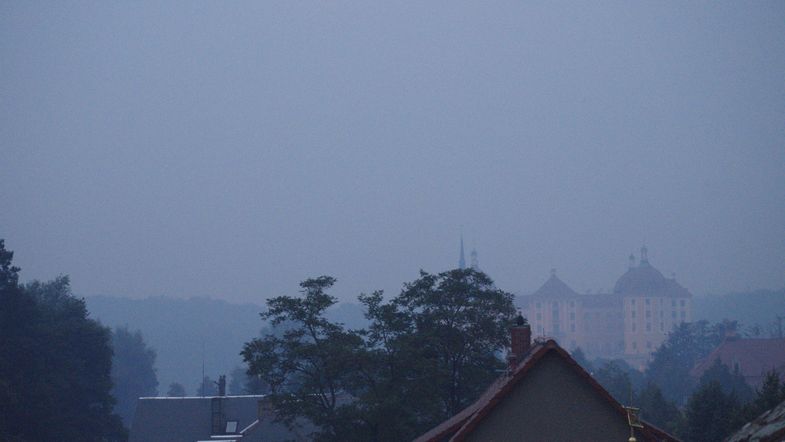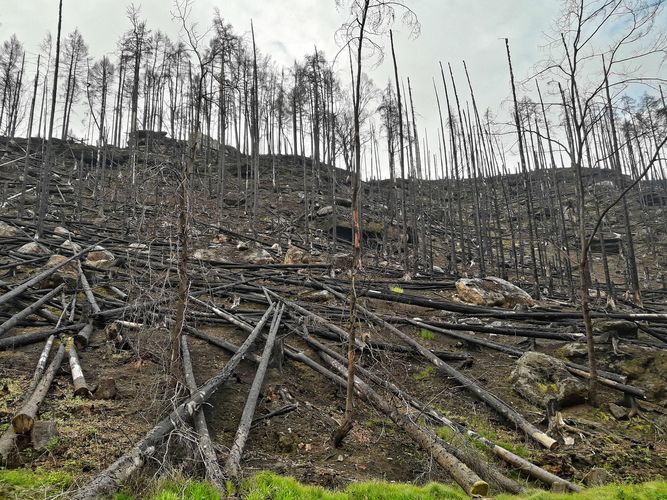Leibniz ScienceCampi serve the strategic networking of Leibniz Institutes with universities and other cooperation partners in the region around a thematic focus.
The Leibniz Association funds these collaborations for a maximum of eight years. The new Leibniz ScienceCampus led by TROPOS is the second of its kind in Leipzig: since 2016, the Leibniz ScienceCampus Eastern Europe – Global Area (EEGA), led by the Leibniz Institute for Regional Geography (IfL), has been investigating globalisation processes in Eastern Europe.
The interactions between the atmosphere and the biosphere are poorly understood, especially as the climate continues to change rapidly. Droughts caused by more frequent climate extremes increase the risk of wildfires. Such fires and the resulting smoke particles and gases have an impact on air quality, the Earth’s radiation balance and vegetation patterns in affected regions.
Wildfires and the resulting changes in vegetation also affect the emission of primary biological aerosol particles, the properties of which can influence the formation of cloud droplets, cloud ice and precipitation. Understanding the relationships between vegetation type, smoke emissions and primary biological aerosol particles, as well as the atmospheric distribution of these particles and gases, is also a prerequisite for understanding future changes in the atmosphere.
The combined expertise of different scientific disciplines is needed to study the processes in the interconnected atmosphere-climate-vegetation system. The Leibniz ScienceCampus “Smoke and Bioaerosols in Climate Change” (LSC BioSmoke) therefore brings together the outstanding expertise of the partners involved in order to clarify the controlling factors and the effects of the release of aerosol particles from vegetation.
Combustion experiments and data from measurement campaigns
To this end, the projects include combustion experiments in the laboratory, field measurements of aerosol properties in connection with vegetation fires and remote sensing and modelling of particle emission, transport and atmospheric effects. The network can also draw on extensive data from measurement campaigns conducted by the German research aircraft HALO, which investigated the smoke plumes from wildfires in South America, Asia, Australia and Europe – most recently during the HALO CAFE-Pacific mission in January and February 2024.
The researchers from Leipzig are also planning new measurement campaigns. For example, a field experiment in Spain in the summer of 2025 will take place in close cooperation with researchers from the University of Castilla-La Mancha, who carry out and analyse controlled fires on specific fields in Castile twice a year.
“Vegetation fires have long been studied in the field of fire ecology. Atmospheric research has also been studying the effects of aerosols, such as smoke particles, on climate and weather for many years. Until now, both disciplines have largely worked separately from each other. By pooling expertise in the atmospheric and vegetation sciences, which is currently located in various research institutions in Leipzig, the planned Leibniz ScienceCampus aims to create a highly visible regional research network. The interdisciplinary investigation of fire-related emissions, atmospheric transport and climate processes will contribute to a better understanding of the effects and interactions of aerosol particles from vegetation,” explains Professor Ina Tegen from TROPOS and Leipzig University, who is the spokesperson for the new ScienceCampus.
The researchers want to record the effects via three sub-projects. Firstly, the properties of smoke particles during the combustion of different plant species under controlled laboratory conditions and ageing processes under field conditions will be investigated. Secondly, atmospheric transport and changes in the particles will be investigated using process and transport modelling. Finally, the effects on radiation, clouds and vegetation will be derived from satellite observations and remote sensing from the ground.
The consortium can rely on an extensive infrastructure: from atmospheric chambers such as the ACD-Chamber and laboratories for the combustion of various types of biomass to several experimental platforms and observatories such as the Melpitz research station near Torgau or the PollyNet lidar network to the HALO research aircraft or global vegetation databases such as TRY and sPlot.


